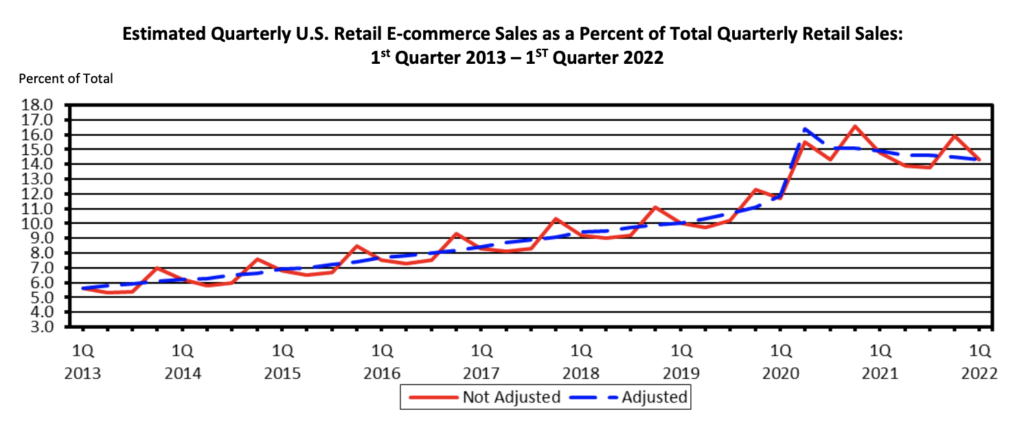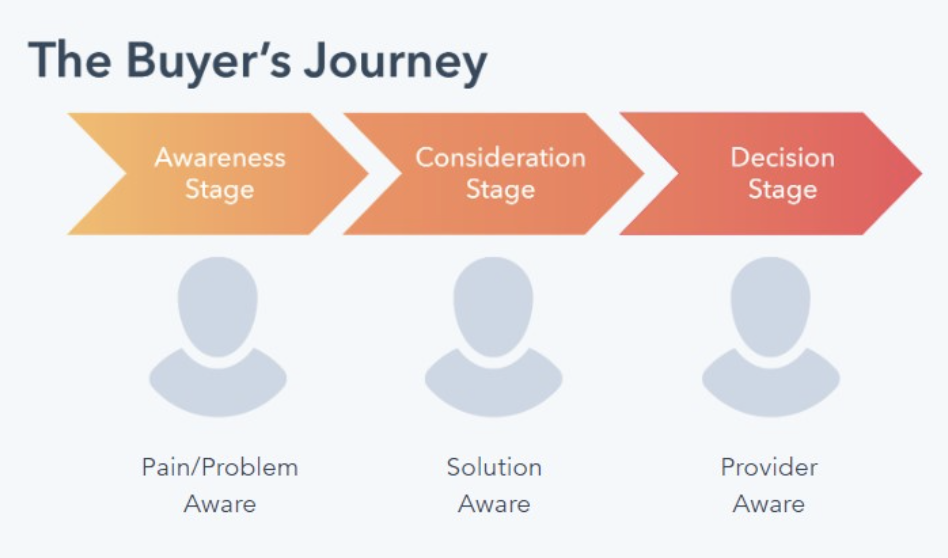
When you think of influencers, medical supplies isn’t typically the first industry that comes to mind. But picking the right influencers to enhance your healthcare marketing strategy might just be the smartest thing you do this year.
Just put yourself in the mind of your buyers and decision-makers. For starters, they’re busy.
A recent survey found that 76% of B2B medical supply buyers rate ease of finding information as their top priority.
Meanwhile, 50% of all medical supply buyers are Millennials and 57% of all buying teams have already made a purchase decision before they ever reach out to your sales team.
The point is, you need a strategy to get your content and info in front of your buyers’ faces before they even think to ask for it. That’s why influencers in healthcare marketing are so critical today.
Picking the right ones, however, is another battle. Here’s how to narrow your search.
How to Nail Down the Best Healthcare Marketing Influencers for Your Niche
Think long term as you pick influencers for healthcare marketing. Remember, they’ll be uniquely representing your company and products.
You’ll have better ROI and avoid costly faux pas if you spend time researching and strategizing now.
1. Bigger Isn’t Always Better with Influencers in Healthcare Marketing
The follower count means nothing if the influencer isn’t relevant enough to your niche.
For example, people like the Kardashians are considered mega-influencers but you’d never want them promoting your content to their millions of followers because it wouldn’t deliver results.
It can backfire too – like when Kim Kardashian promoted a morning sickness medication on Instagram without following pharmaceutical disclosure regulations.
Even within healthcare, massive influencers tend to have broader audiences and a huge chunk might be consumers.
Pay little attention to the follower count. Instead, start with a healthcare influencer’s engagement like comments, shares, and clicks.
2. Analyze the Audience of Potential Influencers in Healthcare Marketing
Engagement must come first. All your target accounts and audience segments might follow someone, but if they aren’t engaging with the influencer’s page then what’s the point?
That’s why your next step is to analyze their audience insights.
Tools like BuzzSumo can help you work backward. By setting up social listening alerts for keywords and topics, you can see who shares what and whether their audience engages with them.
Agencies can also help you hedge your bets across internal influencers at offices and hospitals with strategic magazines and journals.
3. Vet Each Healthcare Influencer’s Healthcare Experience
The point of partnering with influencers in healthcare marketing is to build trust in your medical supplies and products.
Influencers don’t work for your company. They do, however, still represent your company and products. You can’t remove the risk completely, but you can mitigate it with background research.
Ask yourself, would your end-users and buyers trust this person? Experience in their field is key.
Vet their work history and education on LinkedIn just as you would when hiring someone for a job. You might be surprised how easy it is to falsify work history at massive companies.
4. Consider the Influencer’s Experience Working with Brands Too
Kim K had plenty of experience working with brands but no experience working in pharmaceuticals.
Don’t laugh. You could run into the opposite problem with healthcare influencers: plenty of medical experience but none in modern marketing.
For example, overly promotional content from influencers doesn’t build trust or deliver results.
Experienced influencers in healthcare marketing understand the subtleties of sparking interest in your product without looking tacky or desperate.
5. Look at Audience Personas to Build a Comprehensive Influencer Strategy
Ideally, you should already have detailed audience personas mapped out:
- Doctors
- Nurses
- Medical assistants
- Other professional end-users
- Medical students
- Patients
Remember to include each professional persona’s firmographics, like their hospital size, job role, market share, pain points, and specialties. For patients, include basic demographics along with other qualities as they relate to your product, like health conditions, insurance provider, health concerns, and pain points.
Use these detailed personas to target each one via the right influencers in healthcare marketing.
Building an influencer strategy through these personas ensures your content will reach all the most important touchpoints.
6. Study How Each Influencer Writes and Interacts with Their Followers
Successful influencers need charisma to keep their followers engaged. It gets complicated because different audiences want different personalities from influencers.
Analyze the tone of an influencer’s posts – are their followers receptive?
What do their followers say in the comments and how does the influencer respond?
Carefully considering the influencer’s tone and comments first tells you if they’re committed to keeping their audience engaged. Second, it also helps you decide if they fit your brand’s values and culture.
7. Make Sure Your Goals Align with Your Potential Healthcare Influencers
Look at your healthcare influencer shortlist.
Have any of them effectively retired from medicine to work as professional influencers?
Do they seem committed to integrity and sharing their knowledge, or are they only interested in the cash-advertisement exchange?
You could certainly ask your influencers in healthcare marketing these questions during an interview call. However, you can also glean plenty of insight just by analyzing their online presence and background too.
Don’t Force Influencers into Your Healthcare Marketing Strategy
Landing relationships with healthcare influencers who have large followings might sound tempting but massive reach alone won’t build you a sustainable strategy.
You’ll enjoy the best results for your medical supply manufacturing or distributing company if you take time researching the potential influencers in healthcare marketing and picking the right fit.
Your prospective buyers and your company’s reputation should always come first. After you’ve built a shortlist with those factors considered, you can finetune potential influencers based on your goals and content.
Just remember, the influencer’s audience analytics demand just as much vetting as the influencer’s background.
Share Moving Media has helped countless manufacturers and distributors reach thousands of the right decision-makers through targeted publications like Repertoire, The Journal of Healthcare Manufacturing, and Efficiency in Group Practice. Contact us now to talk!



